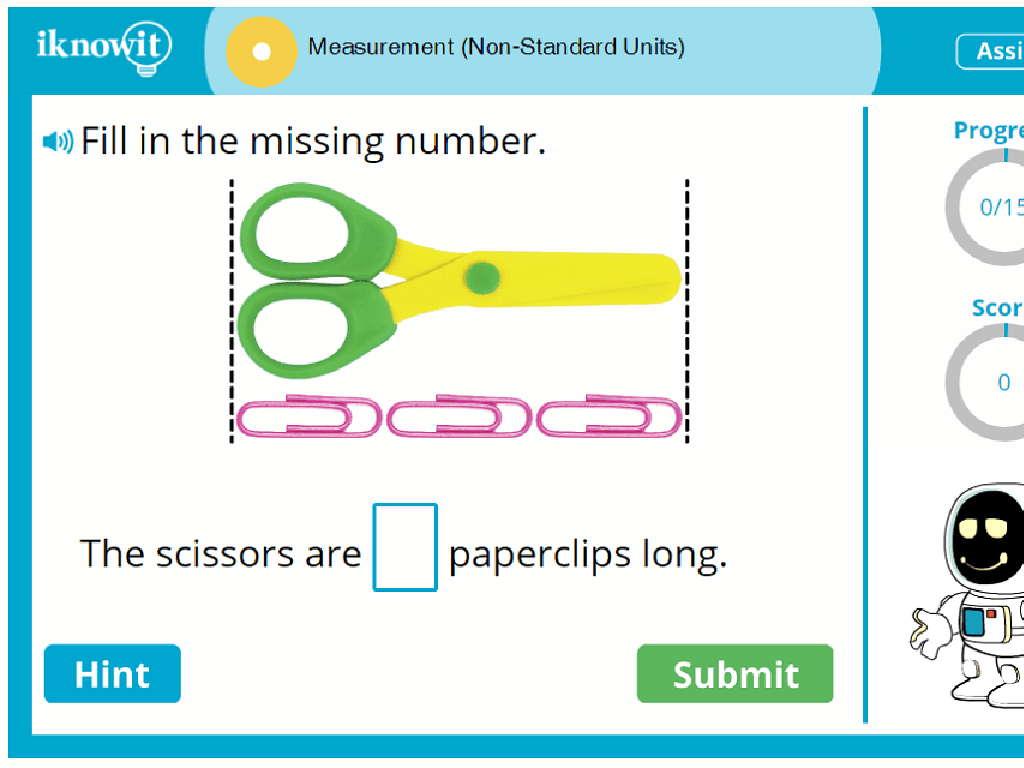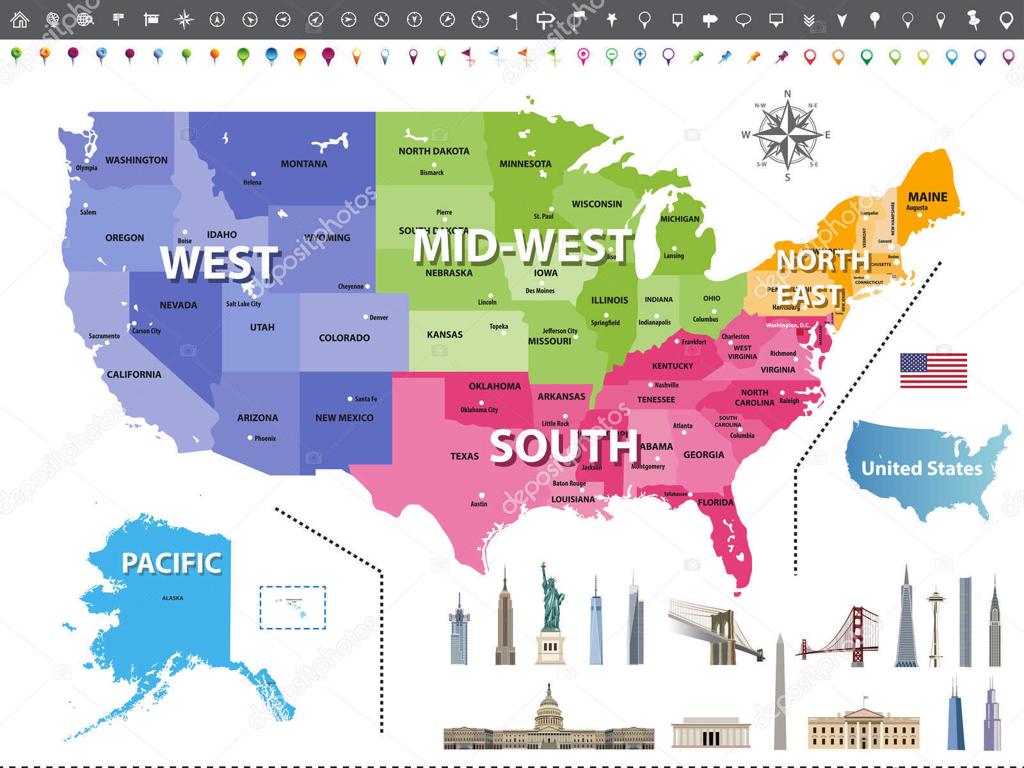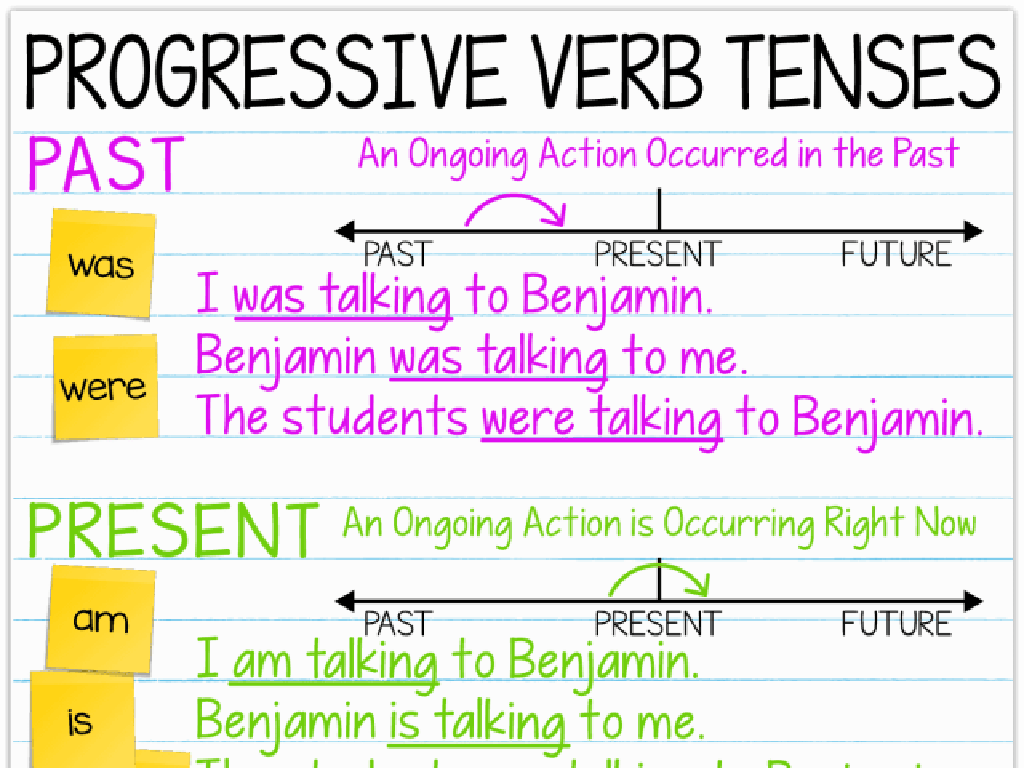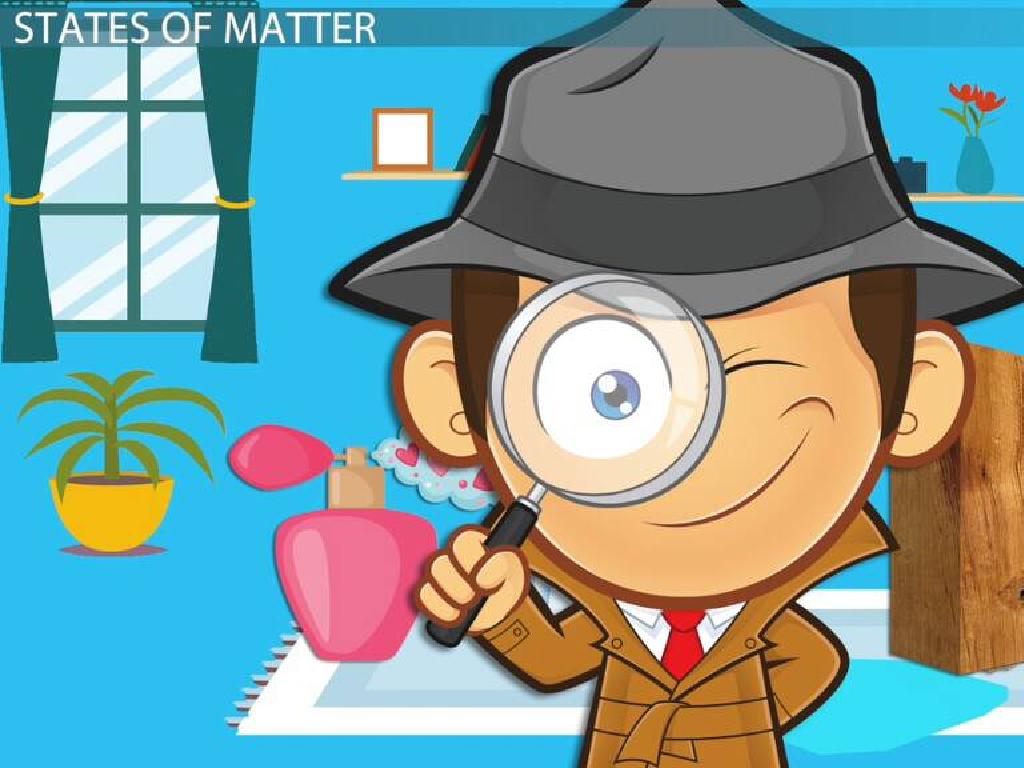Classify Rocks And Minerals By Color And Shape
Subject: Science
Grade: Second grade
Topic: Rocks And Minerals
Please LOG IN to download the presentation. Access is available to registered users only.
View More Content
Exploring Rocks and Minerals
– Geologists study the Earth
– Types of rocks and minerals
– Igneous, Sedimentary, Metamorphic
– Classify by color
– Notice the colors: red, blue, yellow, etc.
– Classify by shape
– Look at the shapes: round, jagged, flat, etc.
|
Begin the class by explaining what geologists do and how they study different aspects of the Earth, including rocks and minerals. Introduce the three main types of rocks: igneous, sedimentary, and metamorphic. Teach the students how to classify rocks and minerals based on their color by showing them a variety of samples or pictures and pointing out the different colors they may find. Then, move on to shapes, explaining that rocks and minerals can come in many forms such as round pebbles, jagged pieces of rock, or flat layers. Use real-life examples or images to help students visualize. Encourage the students to touch and observe real rock samples if available. The goal is to make them familiar with the basics of classification in a fun and interactive way.
Exploring Rocks: Colors and Shapes
– Rocks are made of minerals
– Minerals are like rock ingredients
– Rocks vary in size, color, shape
– Some are small pebbles, others huge boulders
– Examples: Granite, Limestone
– Granite is often speckled, Limestone is usually pale
– Sandstone: another rock type
– Sandstone can be smooth and comes in many colors
|
This slide introduces students to the basics of rocks and their classifications by color and shape. Emphasize that rocks are composed of different minerals, which are like ingredients that make up a recipe. Discuss the diversity in rock appearance, including size, color, and shape, and provide examples of common rocks such as Granite, Limestone, and Sandstone. Explain that Granite often has a speckled appearance due to its mineral composition, Limestone is typically pale and used in buildings, and Sandstone has a smooth texture and can be found in a variety of colors. Encourage students to observe rocks in their environment and to bring in samples for the next class if possible.
Exploring Minerals
– Minerals are Earth’s treasures
– Each mineral has a unique structure
– Like building blocks, every mineral is made up of a specific crystal pattern
– Minerals come in many forms
– They vary in color, shape, and size
– Examples: Quartz, Diamond, Gold
– Quartz can be clear or colored, Diamonds are very hard, Gold is shiny and yellow
|
This slide introduces the concept of minerals to second-grade students. Minerals are compared to treasures as they are valuable and formed naturally within the Earth. Emphasize the uniqueness of each mineral’s crystal structure, which is like a fingerprint for the mineral. Show how minerals can have different colors, shapes, and sizes, making them interesting to study and classify. Use examples like Quartz, Diamond, and Gold to illustrate these points, describing their distinctive features. Encourage students to think about the properties of these minerals and how they might identify them. This sets the stage for further discussion on classification based on these properties.
Colors of Rocks and Minerals
– Rocks & minerals have many colors
– Color helps us classify them
– Activity: Match rock colors
– Match rocks to colors like red jasper or blue sodalite
– Learn & have fun with colors!
|
This slide introduces the concept that rocks and minerals can be found in a variety of colors, which is a key characteristic used in their classification. During the activity, provide students with various colored rock and mineral samples. Encourage them to observe and match the samples to a color chart. This hands-on activity will help reinforce their understanding of the diversity in rock and mineral colors and how these colors can be used to identify and classify them. Possible activity variations include color sorting, creating a color collage with rock images, or a scavenger hunt for colored rocks and minerals around the school or at home.
Shapes of Rocks and Minerals
– Rocks & minerals have unique shapes
– Common shapes: cubic, hexagonal
– Cubic: like salt crystals, Hexagonal: like quartz
– Irregular shapes are also found
– Irregular: not a defined shape, like most rocks
– Activity: Identify rock & mineral shapes
|
This slide introduces students to the concept that the shape of rocks and minerals can provide clues about their formation. Explain that some minerals form in specific shapes due to their internal crystal structure, such as cubic or hexagonal. In contrast, rocks often have irregular shapes because they are made up of a mix of different minerals and their formation can involve a variety of geological processes. For the activity, provide a selection of rocks and minerals and ask students to classify them based on their shapes. Encourage them to touch and observe the samples closely. Possible activities include matching rocks to shape cards, sorting rocks by shape, or even drawing the shapes they see. This hands-on experience will help solidify their understanding of the diversity of rock and mineral forms.
Classifying Rocks and Minerals
– Sort rocks by color and shape
– Why classification is important
– Helps scientists study Earth materials
– Understanding properties and uses
– Different rocks and minerals have unique characteristics
– Let’s practice with examples!
– We’ll look at real rock samples and pictures
|
This slide introduces the concept of classification in the context of rocks and minerals, which is a fundamental skill in earth science. By sorting rocks and minerals by color and shape, students begin to observe patterns and differences that are key to understanding the natural world. Explain that scientists classify rocks and minerals to better understand their properties, such as hardness and luster, and their uses in everyday life, like salt for cooking or granite for countertops. During the class activity, provide a variety of rock and mineral samples or pictures for students to classify. Encourage them to touch, observe, and discuss their observations with classmates. This hands-on experience will help solidify their understanding of the lesson’s concepts.
Class Activity: Rock and Mineral Hunt
– Work in groups to find rocks/minerals
– Team up and explore different areas
– Use charts to classify by color/shape
– Match rocks to color and shape on your chart
– Share findings with the class
– Discuss what you found and how you classified them
|
This activity is designed to be a hands-on experience for students to apply their knowledge of rocks and minerals. Divide the class into small groups and provide each group with a color and shape chart. Allow them to explore the classroom, schoolyard, or designated area to find various rocks and minerals. Encourage them to use the charts to classify their findings based on color and shape. After the hunt, each group will present their classified rocks and minerals to the class, explaining their reasoning. This will help reinforce their understanding of classification and give them practice in observation and presentation skills. Possible variations of the activity could include using a sandbox with hidden items, a collection of pre-gathered specimens, or even pictures if actual samples are not available.
Rock and Mineral Masters!
– Congratulations, young geologists!
– Mastered classification by color & shape
– You can now sort rocks like scientists do!
– Continue exploring rocks & minerals
– Keep your eyes open for different kinds
– Observe the natural world around you
– Use your new skills to identify them
|
This slide is meant to wrap up the lesson on classifying rocks and minerals, reinforcing the students’ new skills and encouraging ongoing curiosity. Praise their efforts in learning how to classify rocks and minerals by color and shape. Remind them to apply what they’ve learned outside of the classroom and to keep an eye out for various rocks and minerals in their environment. Encourage them to share any interesting finds with the class in future discussions. This will help them retain information and foster a love for geology.






